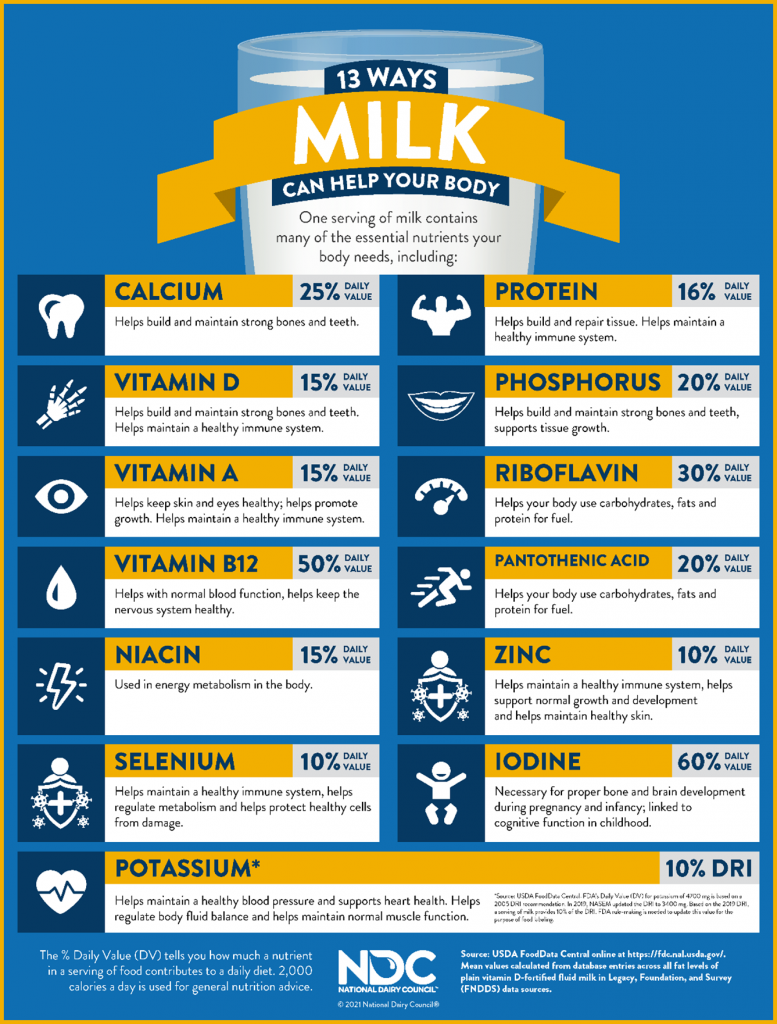The National Milk Producers Federation is pleased that farmers who run their operations as sole proprietors, independent contractors, or otherwise self-employed individuals will have newly expanded access as soon as today to the Paycheck Protection Program (PPP) under changes made in the COVID stimulus package Congress approved last month.
Producers who were denied PPP loans or whose loan amounts did not consider self-employment compensation may now be eligible for the vital federal small business support. Eligibility information and more details can be found here. Those wanting to apply for a PPP loan should contact lenders directly for more information on when PPP will be open for that specific lender.
“NMPF is pleased that many of our dairy farmers will have fewer restrictions and limitations on the PPP support available to them as the program reopens this week,” said Jim Mulhern, NMPF’s president and CEO. “We have been grateful for the support already extended to dairy through PPP, and we deeply appreciate the improved access found in the latest stimulus package.”
Congress created PPP in the CARES Act in March of 2020 to help American small businesses keep employees during the coronavirus pandemic. Still, the program’s emphasis on payroll raised inadvertent yet sizable challenges for many farmers and ranchers who do not issue structured payroll — namely those operating as sole proprietors, independent contractors, or self-employed producers who file a Schedule F with their 1040 income tax form. The program’s loan application required such producers to use their net farm profit amount from their Schedule F tax form as a stand-in for their self-employment compensation when applying for a PPP loan. However, many farmers and ranchers filed a zero or negative net farm profit on their 2019 tax forms, effectually making them ineligible for the small business support.
NMPF worked successfully to advance legislation to help producers gain better access to PPP COVID relief, working closely with members of Congress leading on the issue. In June, Senators John Thune (R-SD) and Tammy Baldwin (D-WI) and Representatives Ron Kind (D-WI), GT Thompson (R-PA), Anthony Brindisi (D-NY), and John Joyce (R-PA) introduced the Paycheck Protection for Producers Act (S. 3918 and H.R. 7175). The bipartisan legislation allows farmers and ranchers who file a Schedule F to use their gross income, capped at $100,000, when applying for a PPP loan. The bill also permits producers who received a PPP loan based on their net farm profit to reapply with their gross income figure, with lenders allowed to offer the difference should the new loan amount be larger than the original amount.
The coronavirus relief measure enacted in December incorporated key provisions from the Paycheck Protection for Producers Act, securing for these farmers and ranchers increased access to the low-interest, forgivable loans.
All farmers and ranchers who file a Schedule F can apply or reapply for a PPP loan under the new rules once the program reopens. In general, agricultural producers and co-ops with 500 or fewer employees, including employees of businesses with which they have an affiliation, are eligible. Alternative size standards may qualify larger businesses, and interested larger borrowers are encouraged to explore options with lenders and/or their accountants. The Small Business Administration announced PPP would reopen in multiple stages beginning this week.






